The directorial work of Baz Luhrmann is synonymous with on-screen opulence. Over the course of his decades-long career, the Australian auteur has produced a formidable number of contemporary cinema’s most canonical films—Strictly Ballroom, Romeo + Juliet, and The Great Gatsby, to name just a handful. “When you’re in theatre, or the circus, or film,” Luhrmann once said of his artistic approach, “to me it’s all one. Affairs happen. People fall in love.”
It’s a joyously broad perspective that offers keen insight into the worlds Luhrmann—and his wife, interior and stage designer Catherine Martin—creates. Theatrical, glitzy and almost absurdly glamorous, Luhrmann and Martin blur the line between reality and fantasy. In one moment, the pair are transforming the romance of Shakespeare’s Verona into the gritty, urban palace of Venice Beach and Miami; in another, Luhrmann is translating the hedonism of post-WWI America into spiral staircases and turquoise pools, watched from afar by the eyes of Doctor T. J. Eckleburg.
Both flamboyant and exacting, the architecture of Luhrmann’s films contribute equal intrigue to the narrative as the characters that occupy them. Below, ahead of his newest endeavour, Elvis, Vogue looks back on the most memorable film sets from Luhrmann’s oeuvre.
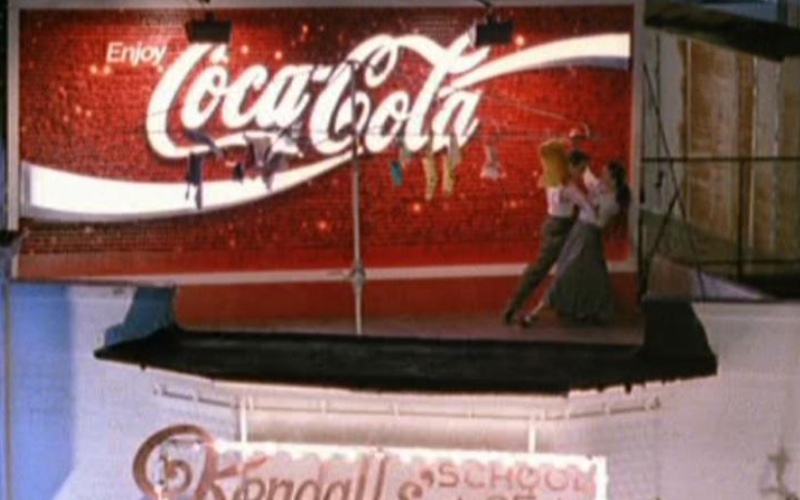
1 / 22
Strictly Ballroom (1992)
A now-iconic Australian film, Strictly Ballroom is the first of Luhrmann’s Red Curtain trilogy, which was later completed by Romeo + Juliet and Moulin Rouge!. Luhrmann and Martin recreate the world of ballroom dancing in the 1990s with their distinct postmodernist panache—a dazzling Coca-Cola sign is one of the film’s most memorable set details, as well as the motif of the red curtain itself, which colours the cinematography throughout.

2 / 22

3 / 22
Romeo + Juliet (1996)
Gothic tombs overflowing with candles, blue neon lights and convertible-filled cityscapes, Romeo + Juliet earned an Academy Award Nomination for Best Production Design for a reason. Luhrmann’s adaptation places the Shakespearean characters in a contemporary Miami setting—not merely feuding families, but warring gangs on the stretch of Verona Beach.

4 / 22

5 / 22

6 / 22
Moulin Rouge! (2001)
The hanging roof was a particular design hallmark of Moulin Rouge!, a film whose main set was a decadent interpretation of a Montmartre-based cabaret bar.

7 / 22

8 / 22
Australia (2008)
Luhrmann celebrated the landscapes of his birth country in Australia, capturing the sweeping bush, native flora and distinctly Australian architecture on camera. Sets were built with the character of 20th century Northern Australia in mind, and featured details typical of outback properties—layered roofs, wrap-around balconies and cattle stations.

9 / 22

10 / 22

11 / 22
The Great Gatsby (2013)
Luhrmann’s interpretation of The Great Gatsby indulged in the art deco-inspired, over-the-top opulence of the roaring ’20s. Gatsby’s mansion was modelled on Long Island mansions of F. Scott Fitzgerald’s context, but was filmed in a number of Sydney locations, including the Eastern Suburbs, the Blue Mountains and Manly. The party scenes in the film are particularly outstanding, with Martin curating visual feasts of the balloon-filled pools, confetti and fireworks.
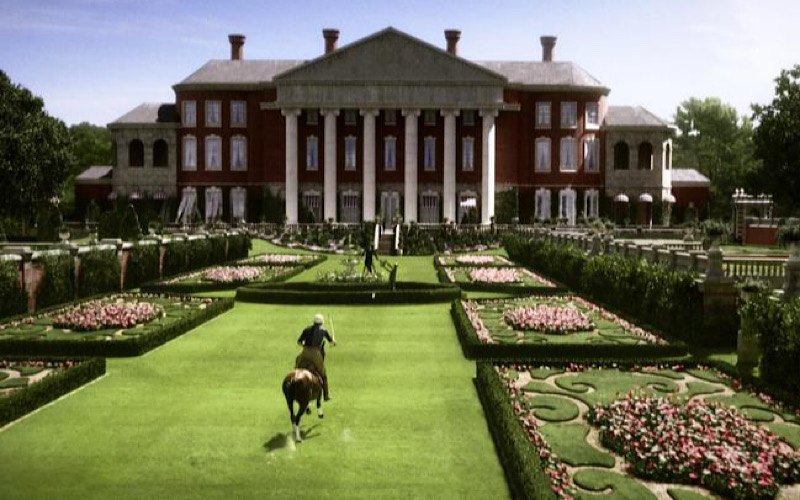
12 / 22
Bazmark Productions/Village Roadshow

13 / 22

14 / 22
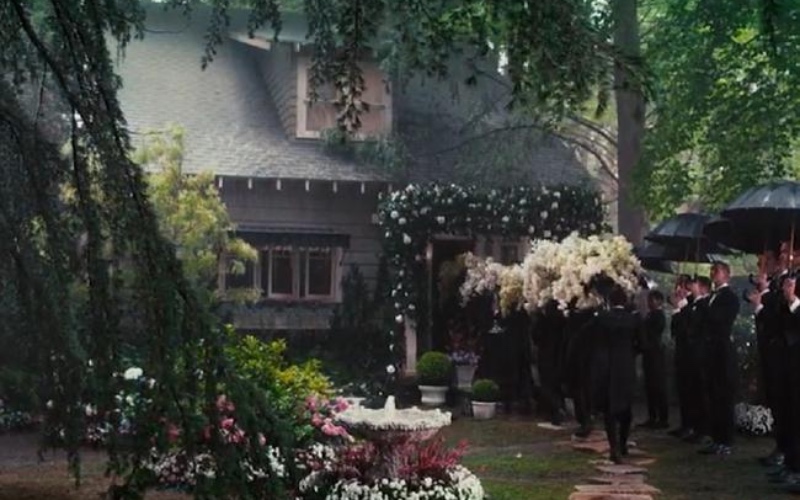
15 / 22
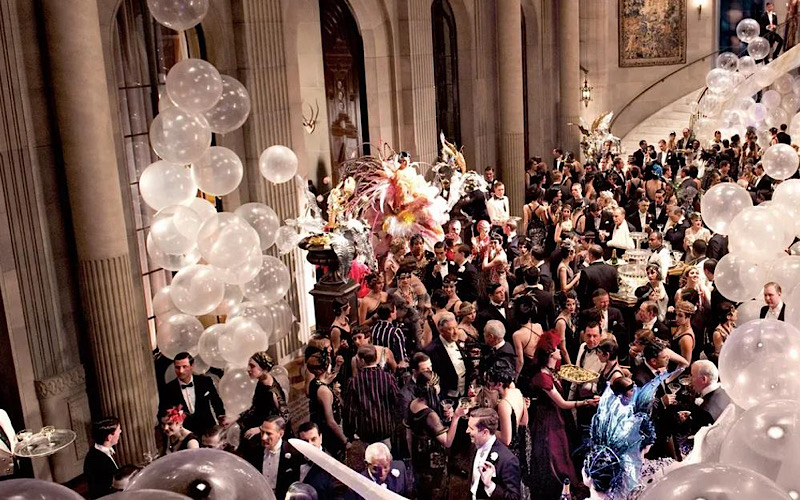
16 / 22

17 / 22
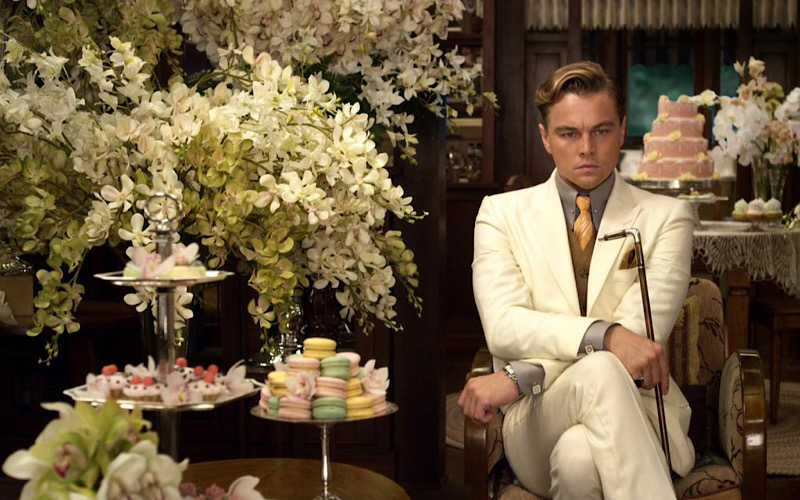
18 / 22

19 / 22
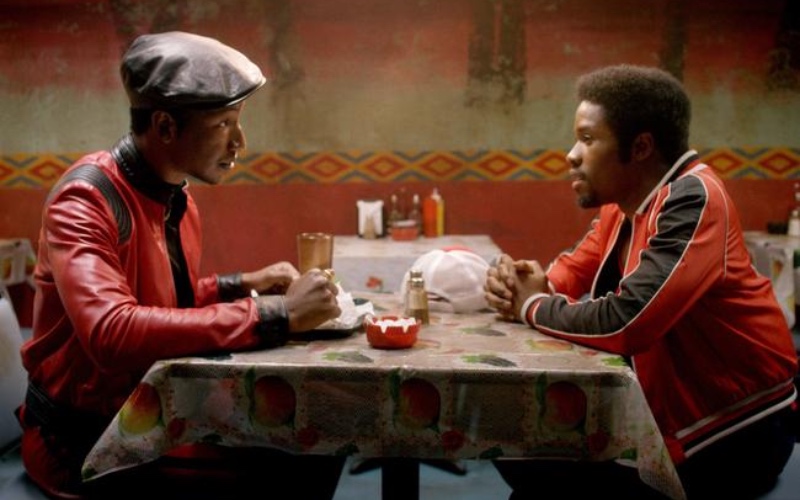
20 / 22
The Get Down (2016)
Luhrmann’s television series, The Get Down, is another example of his taste for—and mastery of—era-specific films. Building his sets with 1970s New York in mind, Luhrmann’s settings are inspired by the Bronx, replete with graffiti, street parties and disco-themed locales.

21 / 22






